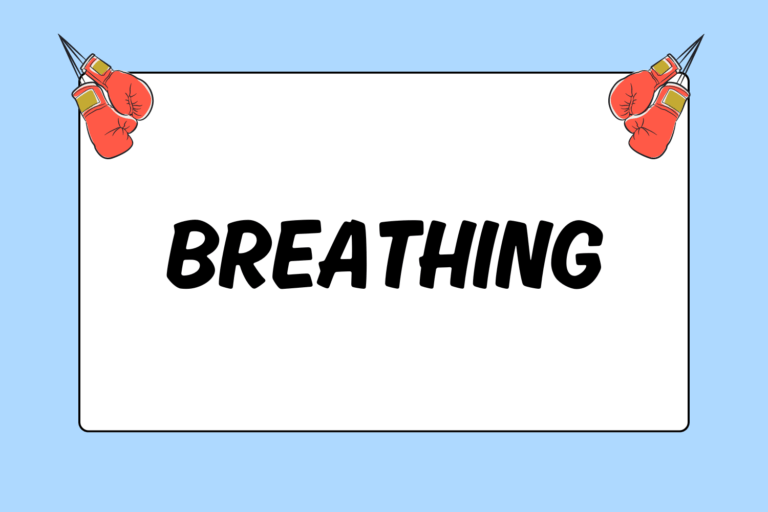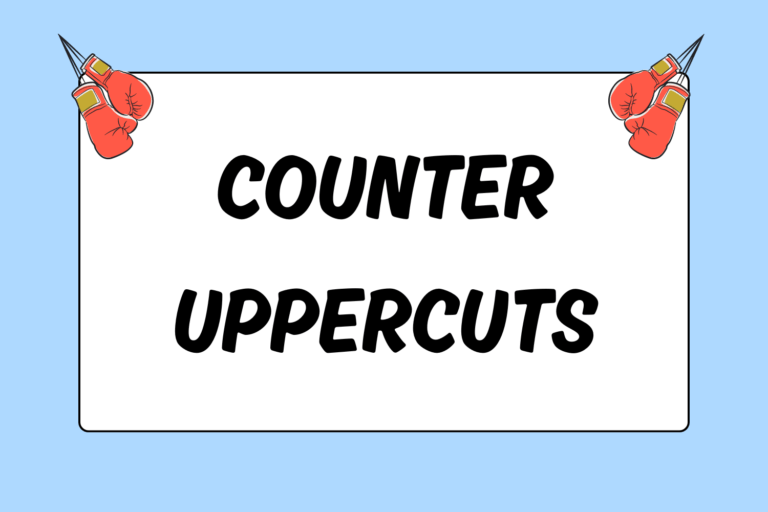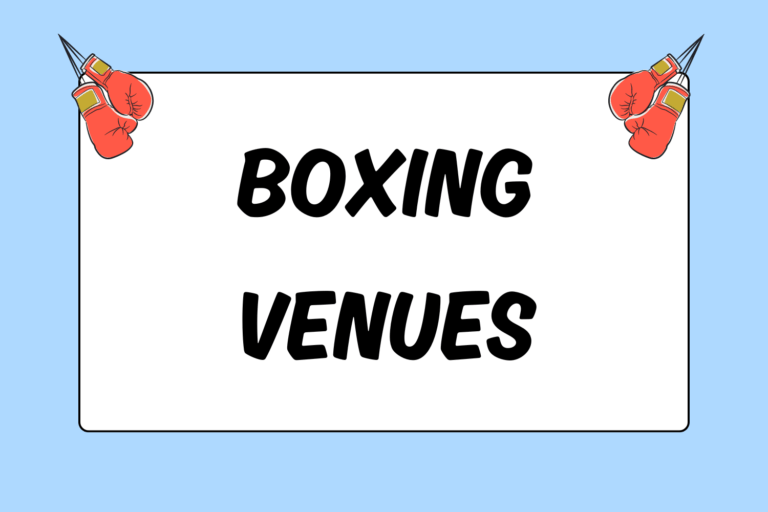Every boxer wants to replicate the skills of their favorite professional fighter. Although pro boxers are naturally gifted, all boxers can improve their abilities with practice in the gym. The first step to achieving your boxing goals is identifying equipment and techniques that can optimize your training.
The double-end bag is a valuable piece of equipment, but many new boxers are relatively unfamiliar with it. This punching bag is extremely useful in training because it mimics the movement of an opponent. Rarely will an opponent stand stationary, so training with stationary equipment is of little use. Read this guide and learn about the benefits of the double-end bag.
Identifying the Bag
The double-end bag comes in many shapes and sizes, but all of the bags serve the same purpose: To improve punch accuracy and overall coordination. Among the many variations, they can look like a round ball or two raindrop-shaped objects stacked together. The bag itself is held slightly below eye-level by two elastic cables. One cable attaches to the floor while the other attaches overhead. The tension of the cable cords parallels the tension of a tightly pulled rubber band.
The Benefits
Accuracy plays an important role at any level of boxing. The ability to land accurate punches limits wasted blows and helps conserve energy. The double-end bag improves accuracy, while also honing other skills, such as:
- Hand-eye coordination
- Counterpunch reflexes
- Rhythm
- Speed
- Defensive head-movement
- Footwork
Double-end bags don’t improve power, however. It’s better to practice with a heavy bag if you want to become a more powerful boxer.
Effective Drills
As mentioned above, the double-end bag can sharpen numerous skills. Below are some drills you can incorporate into your workout in order to optimize your time on the bag.
Hot tip: Stay Balanced
Even the best boxers miss the bag every once in a while when throwing punches. However, you must stay balanced at all times in order to eliminate potential vulnerabilities. If you throw a punch and miss your opponent in a bout, you want to be balanced and ready to throw another punch. Likewise, don’t overextend when throwing punches on the double-end bag.
Perfecting the Jab
When nothing else seems to be working in a bout, you should feel comfortable throwing jab combinations. Circle around the double-end bag throwing jabs. Every step you take changes your positioning. In a bout, you often expose openings on an opponent by pivoting after a punch. The bag emulates a skillful opponent by continuing to move even after you pivot. Throw several jabs in a row, pivot on your front foot, find the bag, and throw again. Focus on the center of the bag regardless of the punch you intend to throw.
Combinations
Begin mixing in other punches once you feel comfortable throwing double- and triple-jab combinations. Throw a single cross, hook, or uppercut. If a punch normally requires you to twist your hip, then twist your hip when hitting the bag with that punch. The mechanics of each punch stay the same whether you are throwing a powerful punch or a quick punch. Be crisp and effective.
Throw continuous 1-2 (jab, cross) combinations for an entire round. Throw the combination, move, and then throw it again. This is one of the simplest, yet most effective, combos. The double-end bag can improve the speed and timing of your 1-2 combination. Next, throw a 1-2-3 combination (jab, cross, hook). Continue practicing until you’re able to throw five- or six-punch combinations on the bag.
You want to be quick, but don’t throw sloppy punches. In general, you will throw a careless punch when you forget to twist your glove at the end of your blow or begin punches from the wrong range. Punches that are rushed or crowded against the bag are much less effective than technically sound punches. If a punch, such as a jab, normally requires you to throw from a longer range, then throw it from a longer range on the bag. Don’t substitute quality for speed; combine the two.
Defense & Countering
The double-end bag is a unique piece of equipment because it moves back and forth and from side to side much like an actual opponent. For example, you will quickly notice that the bag quickly fires back at you when you jab. This forces you to hone your defensive movements and your reactive counterpunching. If you throw a one-two combination, you have to be ready to slip to avoid getting struck by the bag.
Throw a series of punches, ending with a slip or a bob-and-weave. React with a counterpunch once you feel comfortable with your balance, combinations, and head movement. Throw the combination, slip, and then react with another punch or series of punches. Counterpunches become instinctive after constant practice on the bag, and instinctive counter-punches tend to be extremely effective during bouts.
You can also work on parrying with the double-end bag. For example, jab, parry the bag, and then throw another jab. Take advantage of the bag movement by incorporating as many defensive maneuvers as possible into your routine.
Footwork
Footwork plays an important role during a bout. By practicing movements in all directions you can improve your elusiveness in the ring. An opponent will struggle to beat you if he can’t touch you. The goal is to move close enough to land an effective combination without getting hit in return. Throw your punches, and then quickly move out of your opponent’s range.
Moving out of his range can mean pivoting to a side or quickly stepping backwards. You can practice these techniques on the double-end bag. Keep your feet moving at all times, and focus on the fundamentals. Circle the bag between combinations, moving your head from side to side, and keep your guard high. No matter the drill or equipment, keep your hands held high.
Stay in Control
You will stay in control if you time your movements and establish a rhythm. Take a step back and slow down if you break your established tempo. Be crisp with your movements, whether it’s your punches, defensive maneuvers, or footwork. Start off slow and allow your speed to increase naturally. Focus initially on being precise with your shots. As mentioned earlier, accuracy leads to points and possible knockouts.





